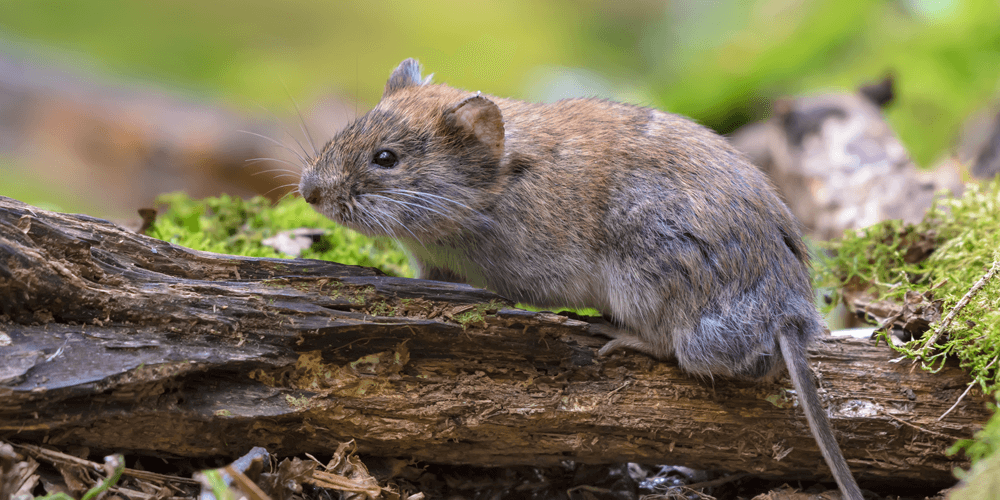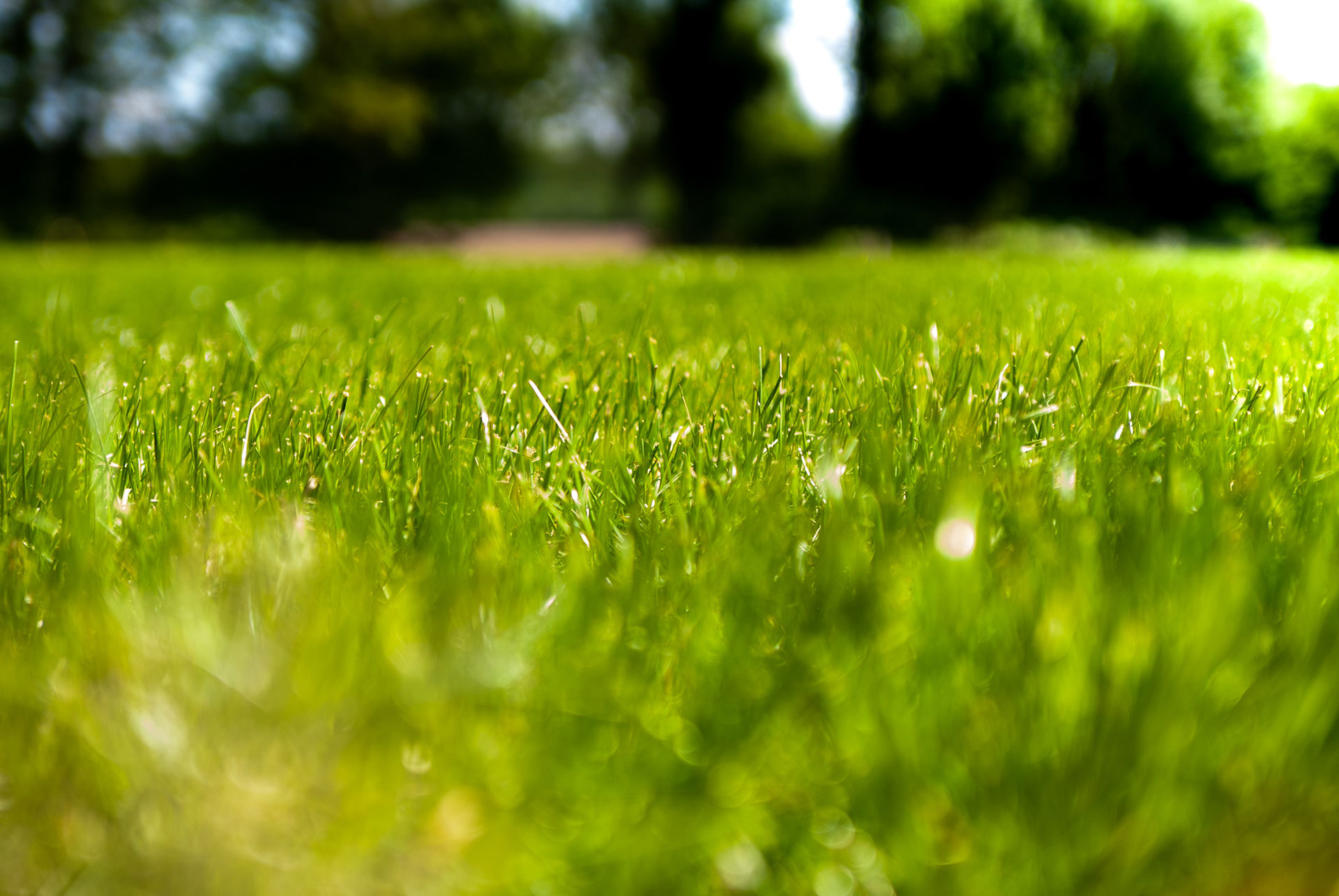
Voles
Unlike moles, voles are primarily a winter problem. Working under a cover of snow, these heavyset, grayish-brown rodents can kill or severely injure trees and shrubs by girdling roots and stems. They prefer young, thin-barked plants, but may also feed on the exposed roots of older trees.
In some years, vole populations may “explode.” Exceeding the ability of natural predators to keep numbers at tolerable levels. Managers should be on the lookout in early fall for signs of population buildup. These signs include nests and runways in tall grass, in accumulations of grass clippings and other plant materials, chewed fruit, fresh grass clippings, feces and frequent sightings. Colonies appear as silver-dollar-sized holes in the soil surface. These holes are entrances into underground networks and small tunnels.
Vole management techniques include habitat destruction, guards, traps, repellents, and toxic baits, Make the area unsuitable as a vole habitat by keeping areas around trees and shrubs mowed and protecting plants with guards made of hardware cloth.

Trapping is also a practical means of vole control on small acreages. Repellants can complement other control measures, but when food is scarce, voles may eat repellent-treated bark. Repellents should be applied in early fall and again in winter when weather permits. Some zinc phosphide products are registered for vole control in nurseries, golf courses and other ornamental sites. Consult product labels for specific information on proper and legal use.
If you’d like to view the traps we use as professionals, then check out our online shop.


